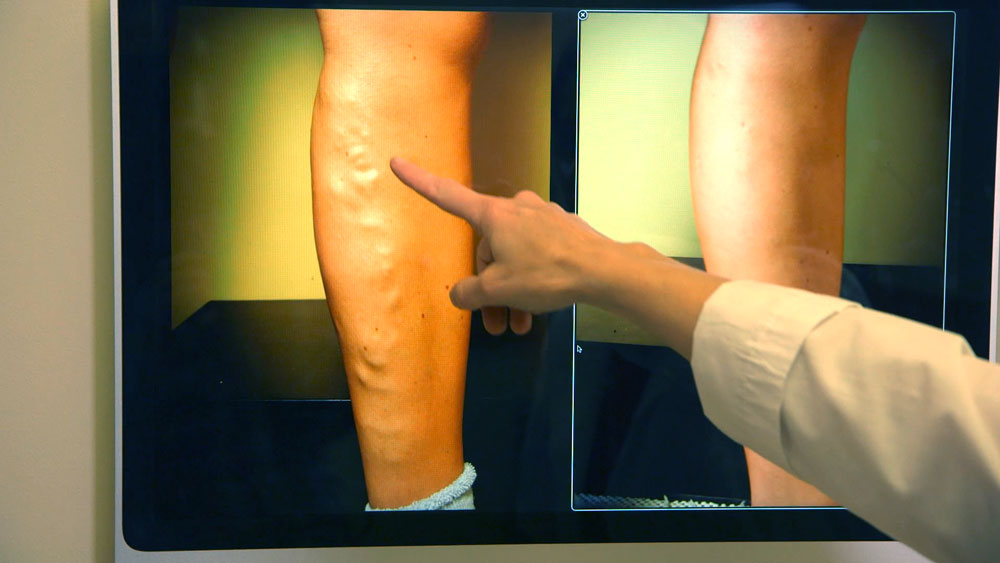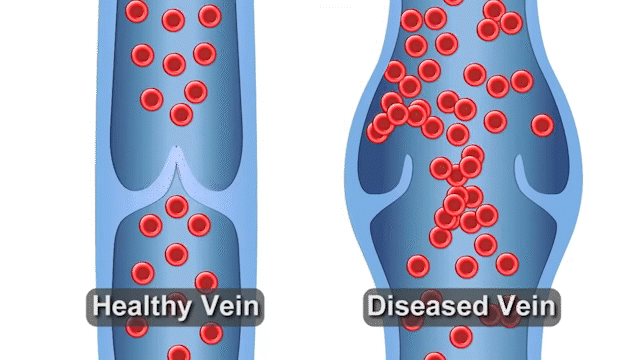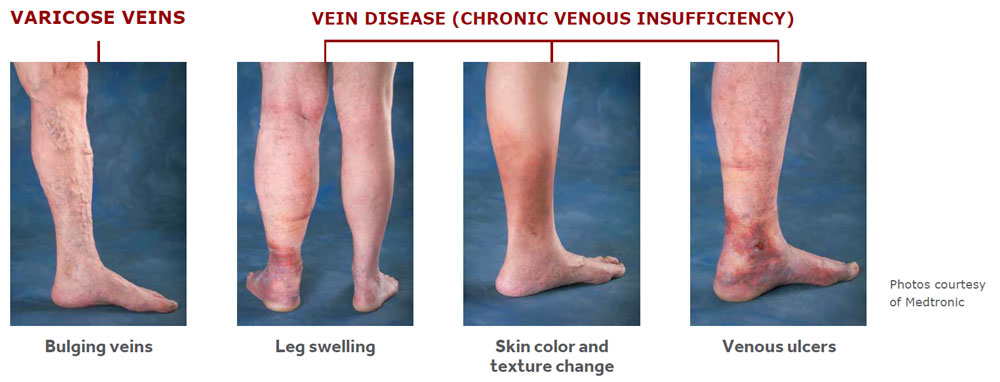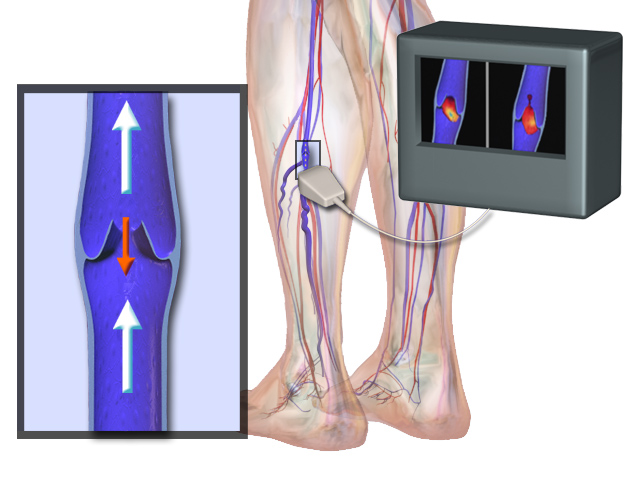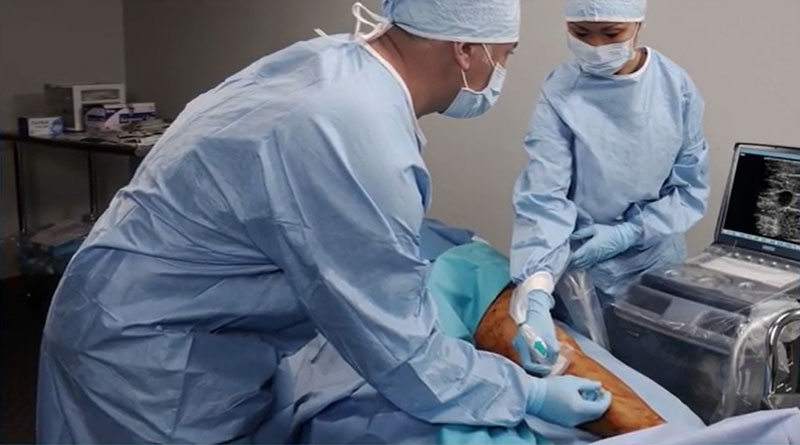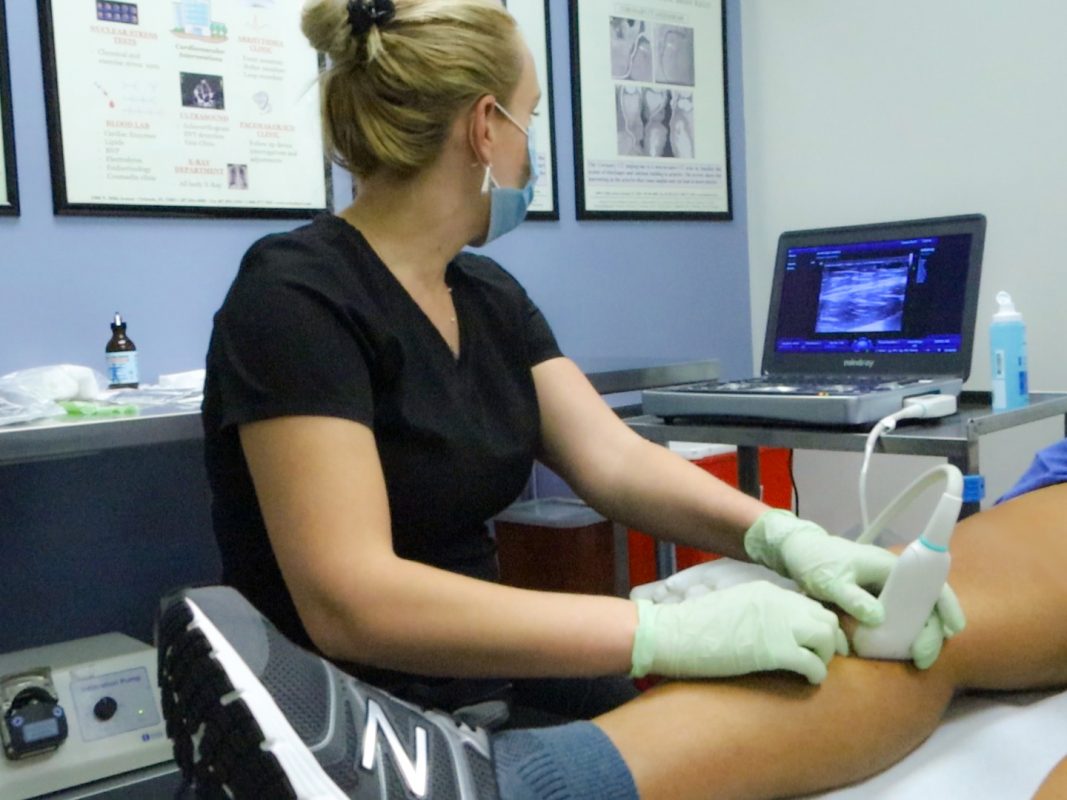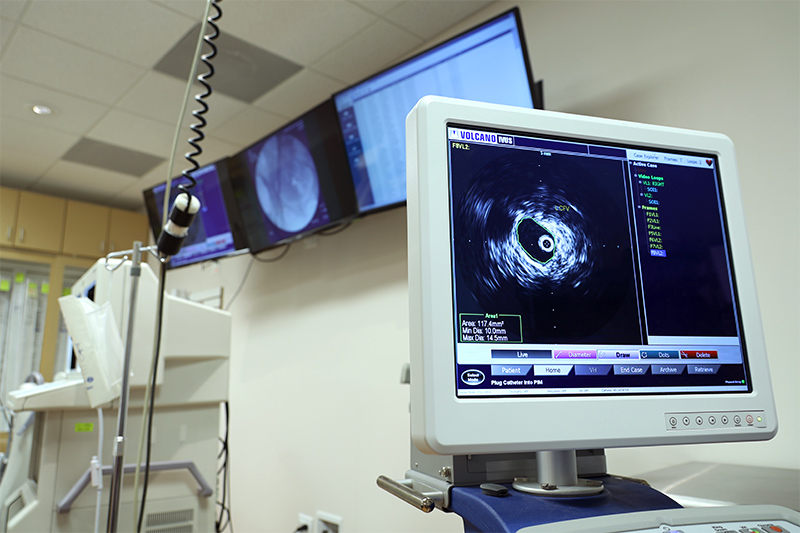When the valves that keep blood flowing out of the legs and back to the heart no longer function, blood begins to pool in the legs. Initially varicose veins appear. It is possible if left untreated this progress can develop into a more serious condition called vein disease (chronic venous insufficiency or CVI).
Why is venous disease diagnosis workup and treatment so important in cardiology?
Firstly, it is part of the circulatory system, and therefore, symptoms of venous disease in the lower extremities may look like they are related to cardiac issues such as congestive heart failure. One of the cardinal symptoms of heart disease is swelling of the lower extremities. So very often, the patients are given an intensive cardiac workup, and even diuretics for a problem that is actually venous. The lower extremity swelling and edema needs a thorough workup to determine how much of it is due to venous disease and how much is due to cardiac disease.

